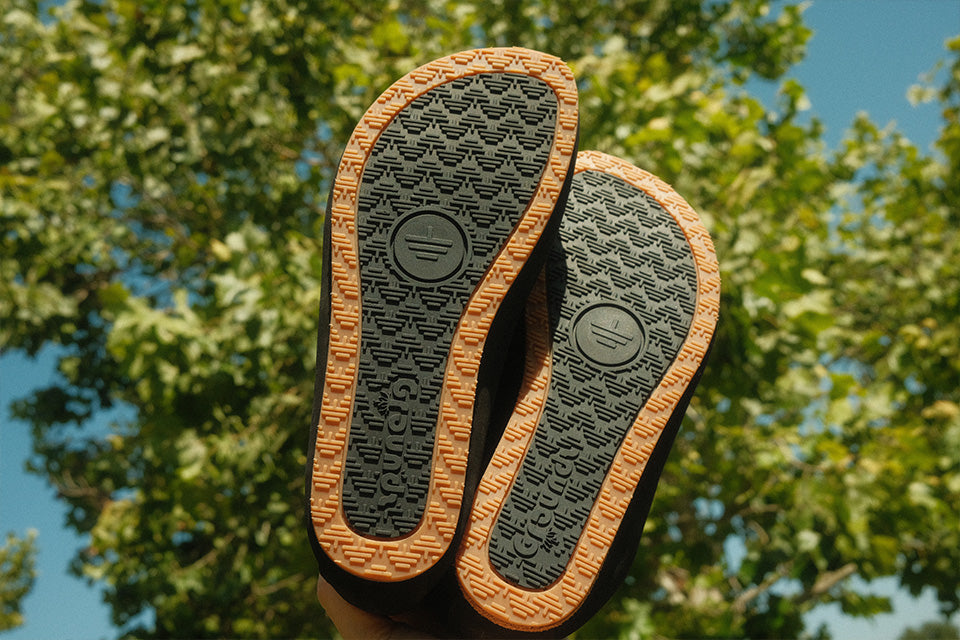
What Are the Best “Barefoot” Shoes for Beginners?
If you’re new to minimalist footwear, you might be wondering how to pick the right
barefoot shoes to start your journey. Unlike traditional sneakers, barefoot shoes are
designed to mimic the natural movement of your foot, without all the extra
cushioning, arch support, or thick soles. But easing into this style of shoe requires a
little guidance, especially if you want to avoid discomfort or injury.
Here’s a clear, beginner-friendly guide to help you understand what to look for and
How to transition safely.
What Makes a Great Beginner Barefoot Shoe?
When you’re just starting, the most important thing is finding a shoe that gives
You enjoy the benefits of natural movement without overwhelming your feet immediately.
Look for these key features:
Flexible Sole
A good barefoot shoe should easily bend, twist, and flex with your foot. This allows
your muscles to engage fully, promoting strength and better balance.
Zero Drop Platform
“Zero drop” means the heel and forefoot are level. This encourages a more natural stride and reduces the heel-striking habit that thick-soled shoes often create.
Wide Toe Box
Your toes need room to spread out and grip the ground. A roomy toe box helps
improve stability and reduce the risk of bunions and other issues caused by
crowding.
Lightweight Feel
Barefoot shoes should feel light and barely-there, so you can stay aware of the
ground beneath you.
Moderate Cushioning
While some minimalist shoes have almost no padding, beginners often appreciate a
thin layer of cushioning to make the transition easier on joints and tendons.
How to Transition to Barefoot Shoes Safely
Switching from supportive shoes to barefoot shoes requires patience. Here are a few
tips to help your body adapt comfortably:
1. Start Small
In the first couple of weeks, wear your barefoot shoes for short walks or light
activities - around 30-60 minutes a day. Gradually increase wear time as your feet
adjust.
2. Focus on Technique
Pay attention to your stride. Try landing with your midfoot or forefoot rather than
striking heavily on your heel. This softer landing reduces impact on your knees and
hips.
3. Strengthen Supporting Muscles
Simple exercises like toe spreads, calf raises, and arch lifts can help prepare your feet
and lower legs for the demands of barefoot walking.
4. Listen to Your Body
It’s normal to feel mild soreness or fatigue in the beginning. If you notice sharp pain or
swelling, take a break and give your tissues time to recover.
When to Consider Barefoot Shoes
Minimalist footwear can be a great option if you:
● Spend a lot of time standing or walking and want better foot strength
● Struggle with balance or proprioception (awareness of your body’s position)
● Are looking to improve posture and natural movement
● Prefer lightweight, flexible shoes for everyday wear
However, if you have certain foot conditions - such as severe flat feet, neuropathy, or
past injuries - check with a healthcare professional before making the switch.

